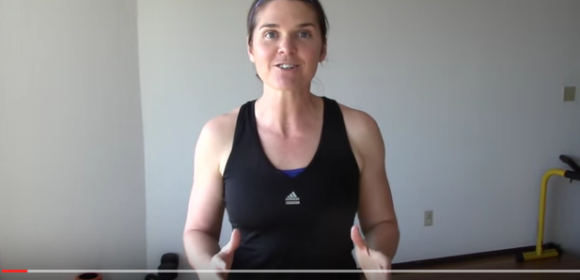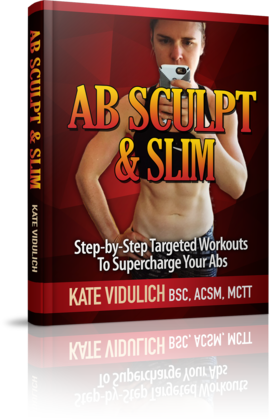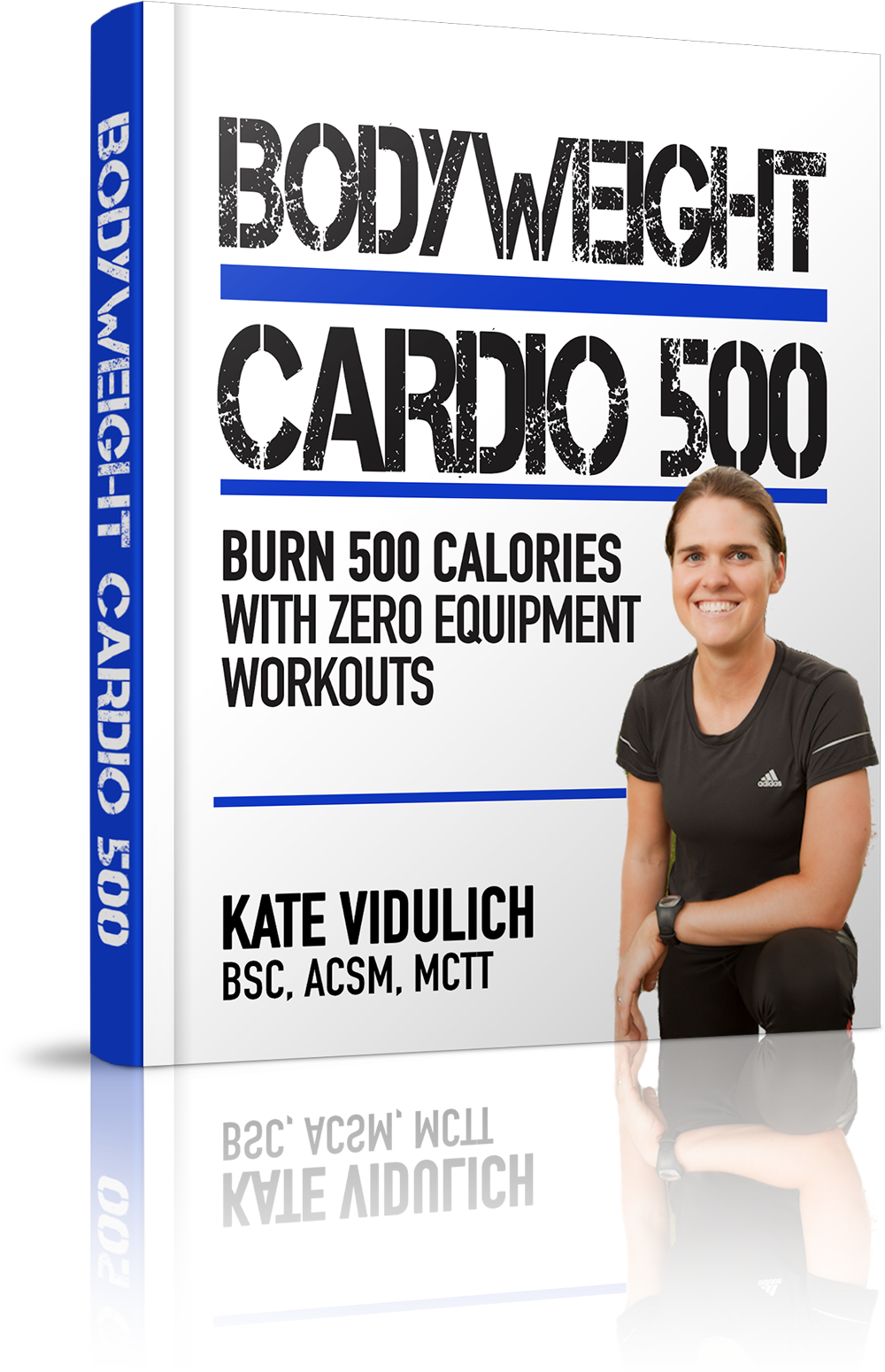1 move, 3 ways: How To Do Lunges
There are so many reasons to love doing lunges. You can target and tone your glutes and thighs, and accelerate your fat burning all in one move. What’s not to love about that? ![]()
Problem is…
Lunges are NOT for beginners.
I’ve said this time and time again… Someone who is new to exercise (or coming back off a long layoff) doesn’t have the co-ordination to properly and safely execute a lunge. And most trainers have no idea how to progress or regress the lunge. (You can check out this article about Lunge Progressions here)
Most people struggle to do a basic lunge correctly. So you won’t get ANY benefit from doing advanced exercises like walking lunges.
That’s why today, I’m going to show you exactly how to do lunges. If you’re more advanced, then I’ve got 3 fun progressions for you to try!
The best part?
You don’t need any equipment, and you can do these exercises anywhere. Awesome!
Let’s rock this out…
Start with the Split Squat exercise.
That’s where ALL my new clients start, whether they’re a beginner or a seasoned pro. They have to earn their progressions ![]()
It will help you built the strength and stability you need to rock the lunge. I like to make sure my clients can do at least 15-20 reps of the split squat on each leg before progressing to the reverse lunge.
Here’s how to do it:
Why hands interlocked behind your head?
It forces your core to work harder. I’ll go over this in more detail in just a sec.
If you’re struggling to stay upright, you can make it easier by placing your hands on your hips.
Move #1: Reverse Lunge
Have you ever stepped into a lunge, and felt you were tumbling over like the Leaning Tower of Pisa?
Me too!
But that’s because your core muscles were not engaged and working in unison with your lower body.
That’s another reason why it’s so important to do multi-joint exercise (like the lunge) to integrate and connect you lower body to your core. All of my workout programs focus on doing this.
By simply engaging your core muscles, you’ll instantly eliminate the problem of feeling so wobbly.
Now this question often come up…
Why the reverse lunge, and not forward lunge?
It’s simply “more forgiving” on your joints if you don’t get the form spot on the first time.
When you step forward, the force going through your knee joint is much greater than if you’re stepping back. So the reverse lunge is easier on your knees.
Ready for a challenge? Let’s hit the next exercise…
Move #2: Lateral Lunge
Want even more of burn?
I love this move since you’re working the stabilizing muscles on the outside of your hip, plus your thighs and glutes. Extremely important, especially if you’re a runner.
TIP: Make sure when you step out to the side, your knee doesn’t go outside the line of your ankle.
You might find it challenging to work in a full range of motion the first time you try this exercise. So if you have access to a suspension trainer, I highly recommend using it for extra support. Another way to make this move more challenging is to use Sliders on your carpet or floorboards. Total awesomeness. ![]()
Yep, you’ll feel that one tomorrow!
Move #3: Swinging Lunge
Now it’s time to get serious and throw in a challenge.
Try the swinging lunge.
This final variation requires the next level of co-ordination, balance and stability. You’re working both legs at the same time so there’s more tension in your muscles… trust me, you’ll feel the extra burn and crank up your post workout calorie burn.
TIP: The #1 mistake I see with this move is people trying to go too fast and rush the exercise. Keep your pace steady and the movement flowing. Aim to do 10 reps on each leg. Sounds easy… But I think you’ll get a good challenge!
There we have it!
Three of the best lunge variations you can try to improve your strength, better your co-ordination and even tone up your sides.
If you want more bodyweight exercises that sculpt and tone your entire body in as little as 4 minutes, check this out:
http://fatlossaccelerators.com/free-workout-routines/
You’ll get 6 FREE workout routines that you can do anywhere, anytime. I think you’ll be surprised how much you can sweat in just 4 minutes exercise!
Have an awesome day,
Kate Vidulich Exercise Physiologist












